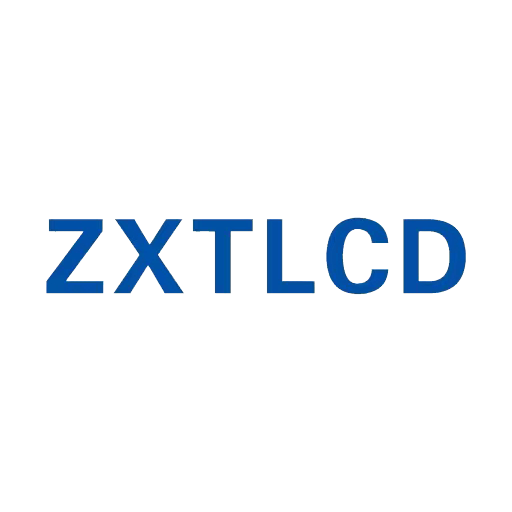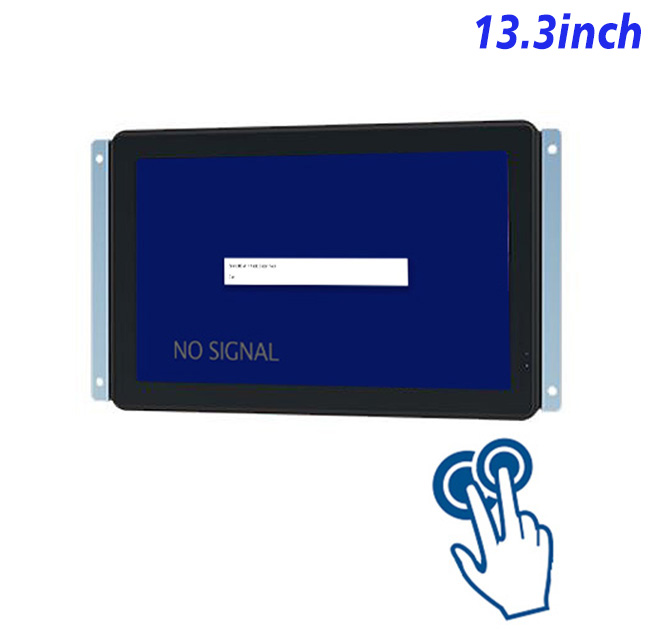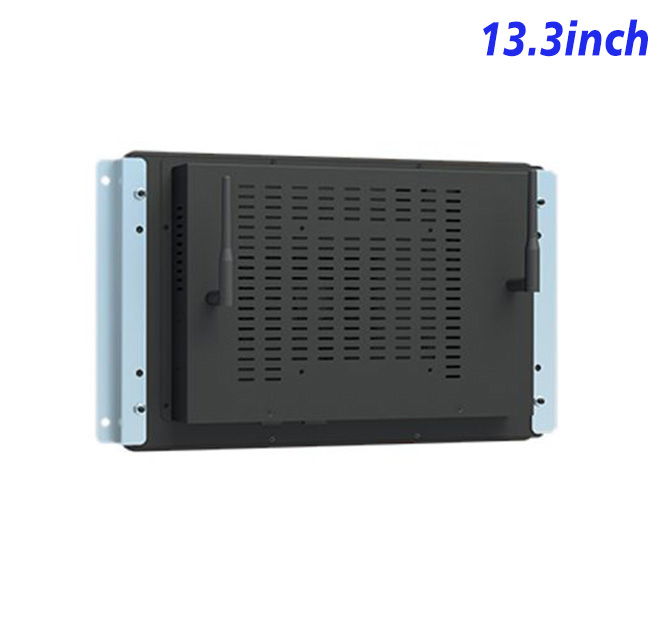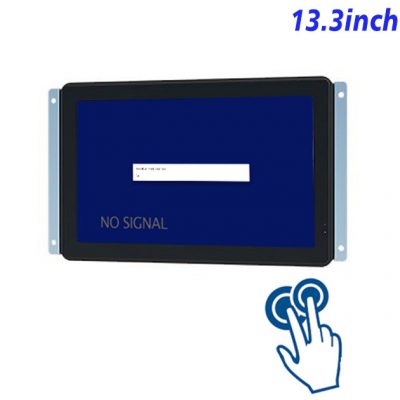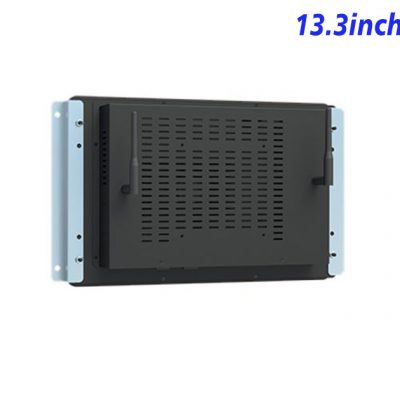Medical Equipment Control Upgrade, 13.3-inch Embedded Touch Capacitive Industrial Tablet Computer Brings Convenient Operation
In the medical industry, the control and operation of equipment are crucial for improving the quality of medical services. The 13.3-inch embedded touch capacitive industrial tablet computer, with its sensitive touch response and stable performance, brings a new experience to medical equipment control.
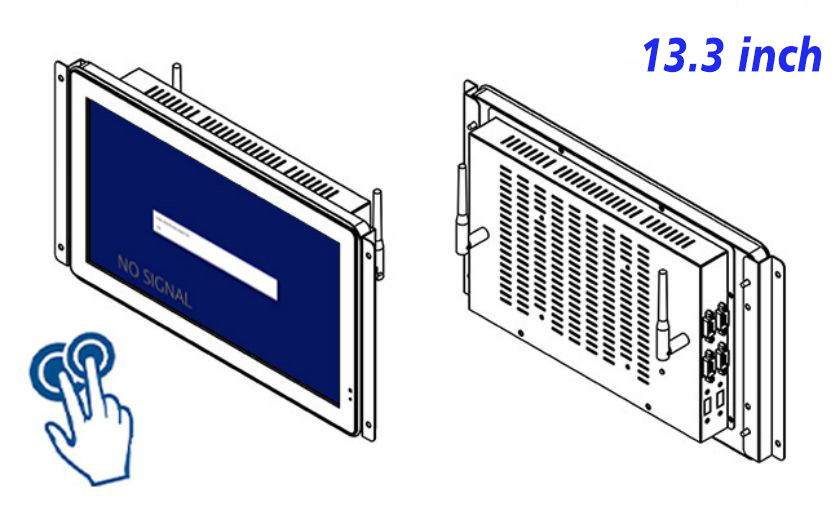
13.3-inch Embedded Touch Capacitive Industrial Tablet Computer: Sensitive Touch, Enhancing Operational Efficiency
In medical equipment control, the 13.3-inch embedded touch capacitive industrial tablet computer provides operators with a convenient operating experience due to its sensitive touch response. It not only accurately receives the operator’s commands but also runs various control software stably, providing a precise control platform for the operator. Moreover, its durable design allows it to operate stably in medical environments for extended periods.
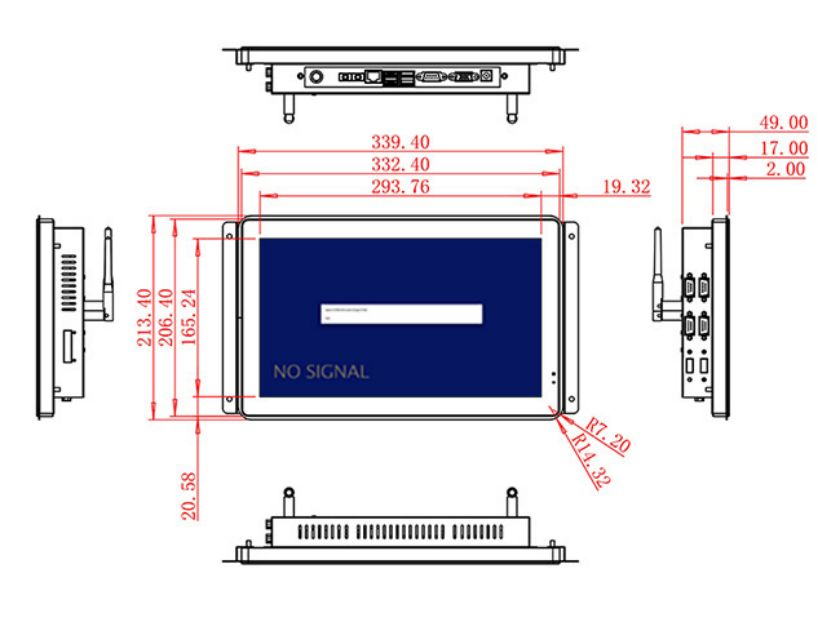
13.3-inch industrial touchscreen tablet: Stable operation, enhancing the quality of medical services
At the same time, the 13.3-inch industrial touchscreen tablet also plays an important role in the control of medical equipment. It not only runs various systems stably but also is compatible with various control software, providing the operator with more accurate data. Moreover, its silent design and low power consumption enable it to be used in environments that require quietness, enhancing the quality of medical services.
| ZXTLCD-EN133BCT Embedded 13.3-Inch Capacitive Touchscreen | ||||
| LCD Panel Parameters | Screen Size | 13.3 Inch | ||
| Display Area | 293.76 mm.(Height) X 165.24(Width)mm. | |||
| Aspect Ratio | 16 : 9 | |||
| LCD Type | a-Si TFT-LCD Monitor | |||
| Maximum Resolution | 1920 X 1080 | |||
| Display Color | 262K, 45% NTSC | |||
| Brightness | 220cd/m² | |||
| Contrast Ratio | 800 : 1 | |||
| Viewing Angle (Up/Down/Left/Right) | 85°/85°/85°/85° (Type)(CR≥10) | |||
| Response Time | 30ms | |||
| LCD Panel Lifespan (Hours) | 60,000(Hour.) | |||
| Field Frequency | 60Hz | |||
| PCAP Touchscreen Panel Parameters | Touch Pattern | Projected Capacitive Touchscreen Monitor | ||
| Touch Points | 10 Points | |||
| Cover Glass | Morse Glass Size 7 Physically reinforced to prevent explosion | |||
| Glass 3 mm. Optical mount to reduce parallax | ||||
| Glass Transmission | >85% (Higher light transmission depends on glass coating technology For example AR/AG) >85% | |||
| Response Speed | < 6ms | |||
| Touch Accuracy | More than 90% of the touch area ±2 mm | |||
| Touch Method | Inch Stylus | |||
| Output Format | Coordinate Output | |||
| Click Time | Unlimited | |||
| Smallest Touch Size | 5 mm | |||
| Long-lasting Durability | Yes, Available | |||
| Touch Interface | USB | |||
| Operating Temperature and Humidity | Below 10℃ ~ +50℃, ≤ 85%RH | |||
| Storage Temperature and Humidity | Less than 20℃ ~ +60℃, ≤ 90%RH | |||
| Audio Parameters (External Speaker Option) |
Audio system | Stereo | ||
| Speaker size | ≈ 99 x 45 x 20 mm | |||
| Impedance | 8 Ohm | |||
| Power | 2 x 5 Watt | |||
| Loudness | > 80 Decibel | |||
| Interface | 4-pin connector | |||
| Onboard Interface | HDMI Input | 1 | ||
| VGA Input | 1 | |||
| DVI Input | 1 | |||
| USB Type B or any desired USB Type | 1 | |||
| Power | Power Supply | Alternating Current 100V~240V, 50/60Hz | ||
| Maximum Power Loss | ≤ 25 Watt | |||
| Standby Mode Power Loss | < 1 Watt | |||
| Features | Operating Temperature | 0℃ ~ 50℃ | ||
| Storage Temperature | Below 10℃ ~ +60℃ | |||
| Accessories | Power Cord Length | 1.5m | ||
| HDMI Cable Length | 2m | |||
| USB-A to USB-B Cable Length | 1.5m | |||
| Stereo Speaker Size with Connector | 99*45*20mm | |||
| Stereo Speaker Length | 1.5m | |||
| Package Size | Device Dimensions | 339.4 X 213.4 X 49mm. | ||
| Net Weight | 3 Kilogram | |||
| Package Size | 40 X 28 X 15Centimeter | |||
| Gross Package Weight per Unit | 4 Kilogram | |||
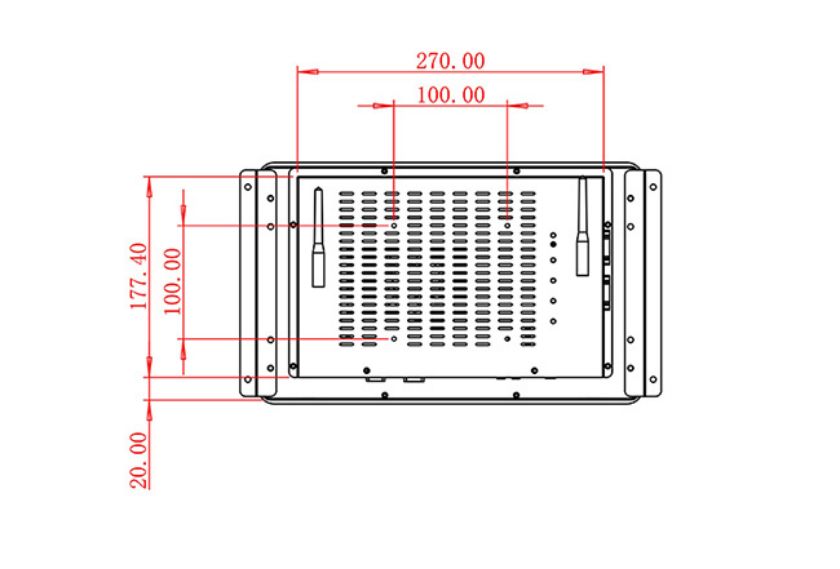
The 13.3-inch embedded touch capacitive industrial tablet computer and the 13.3-inch industrial touch tablet are becoming new choices for controlling medical equipment due to their responsive touch capabilities and stable performance. They not only improve operational efficiency but also enhance the quality of medical services. In the future, with the continuous advancement of technology, they will play an even greater role in the medical industry.
